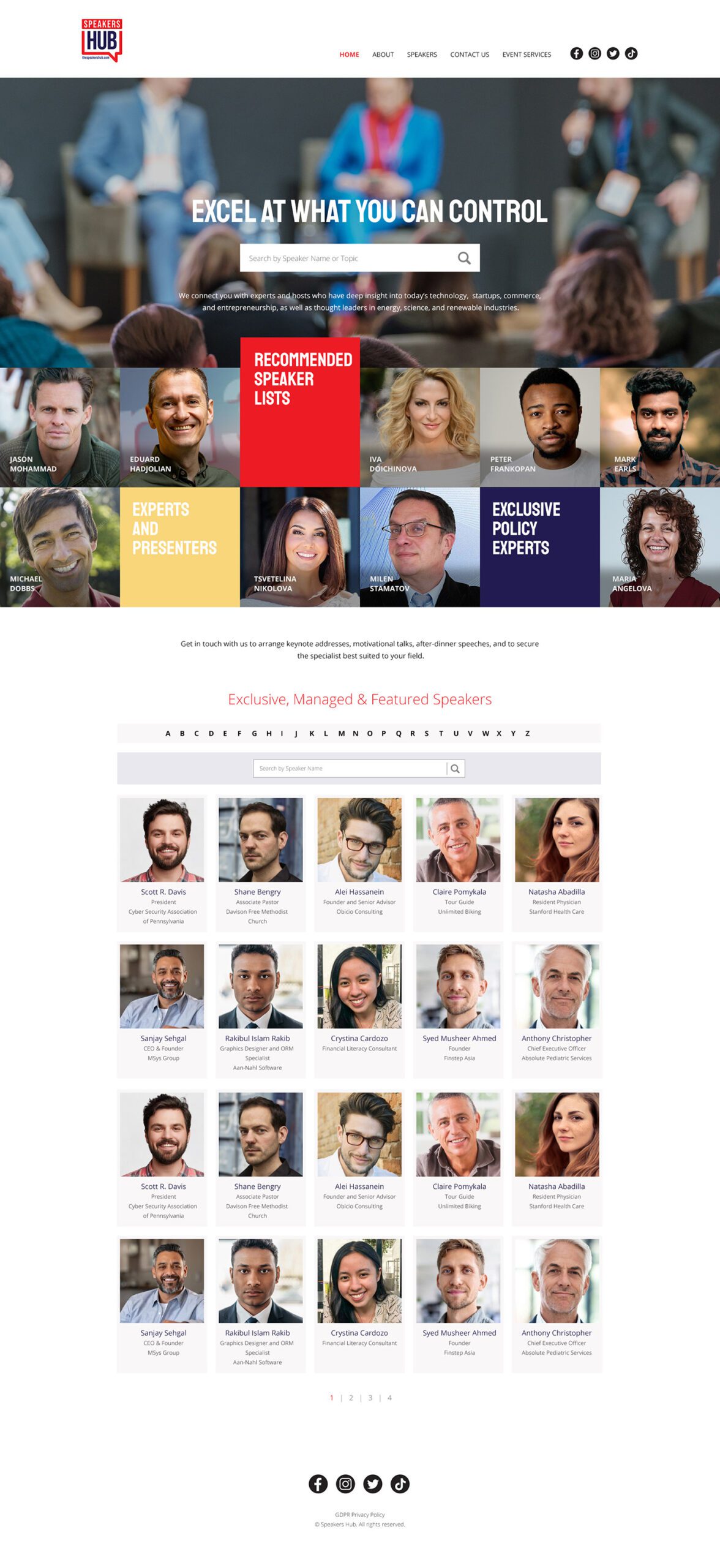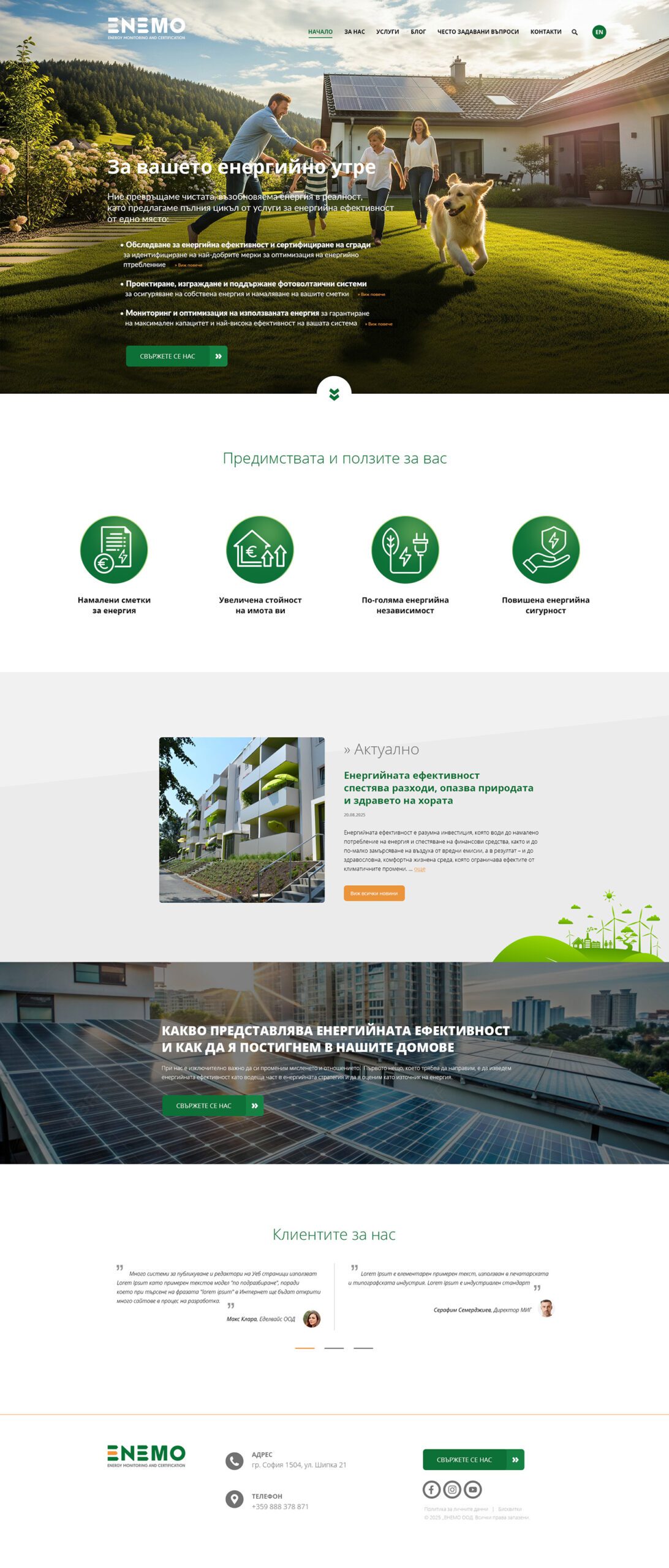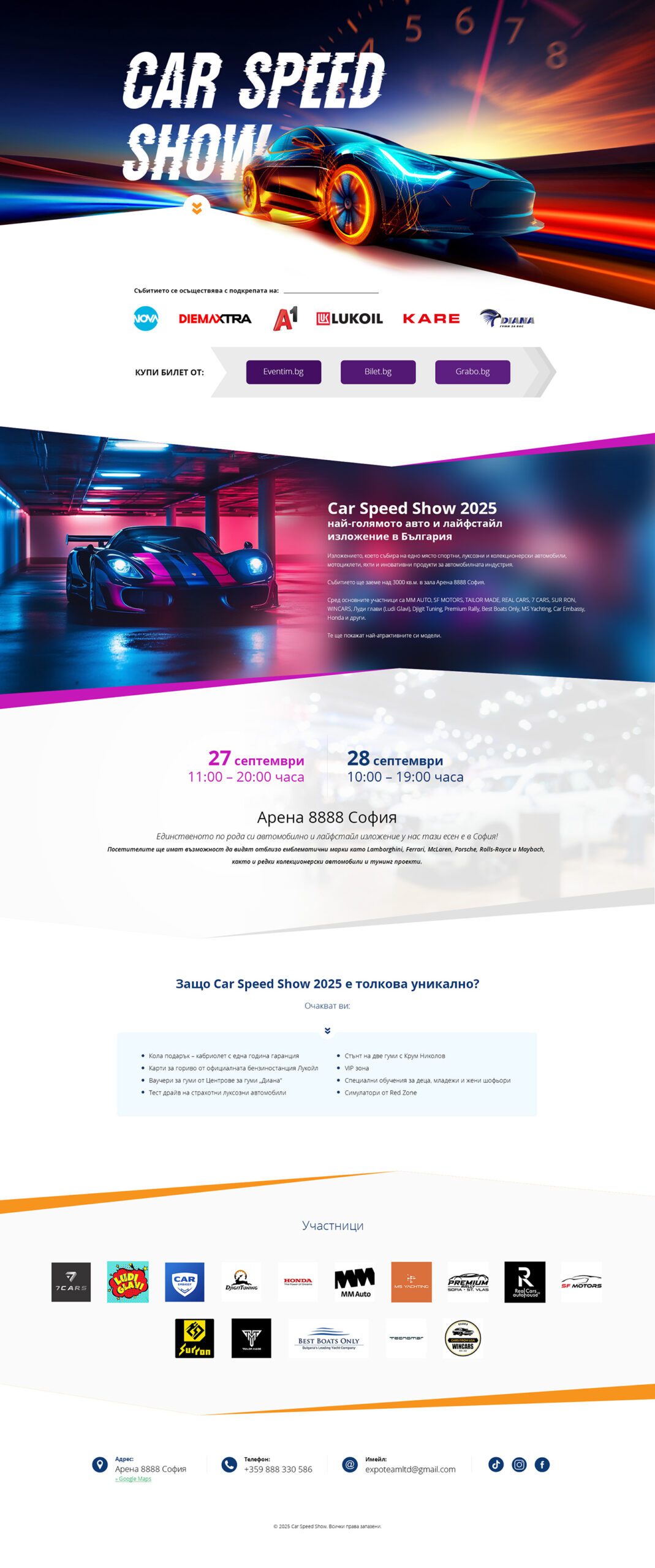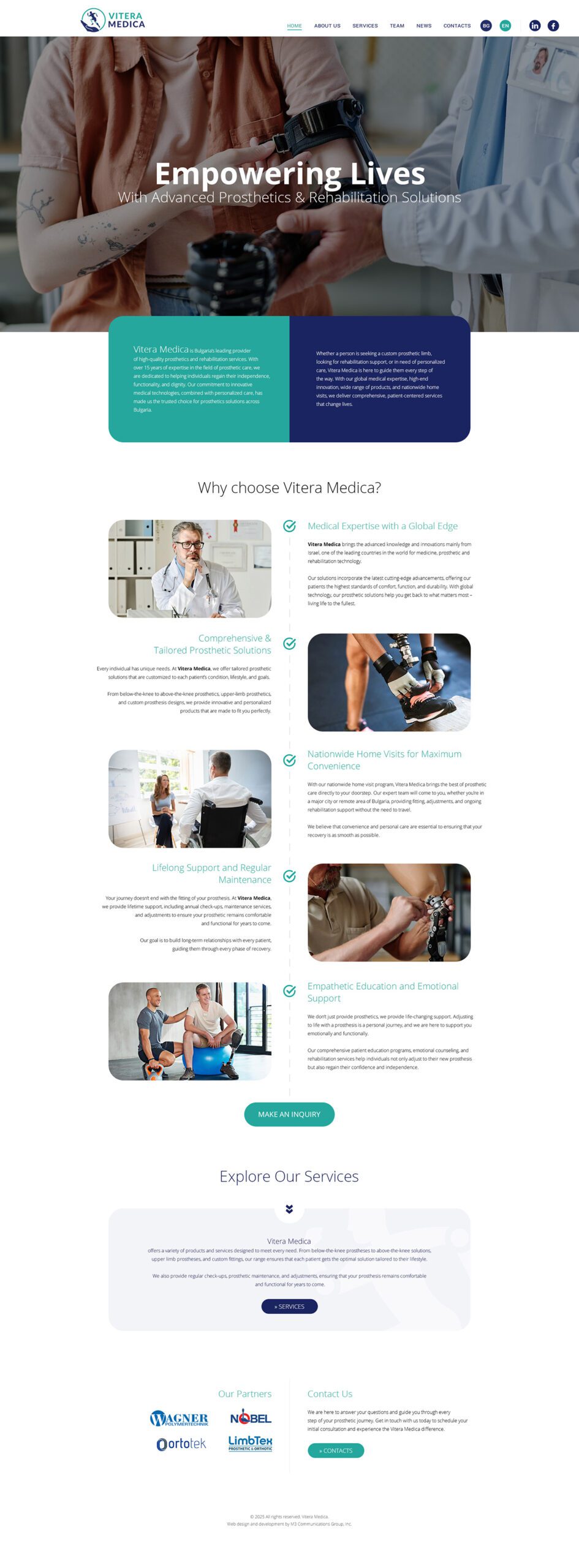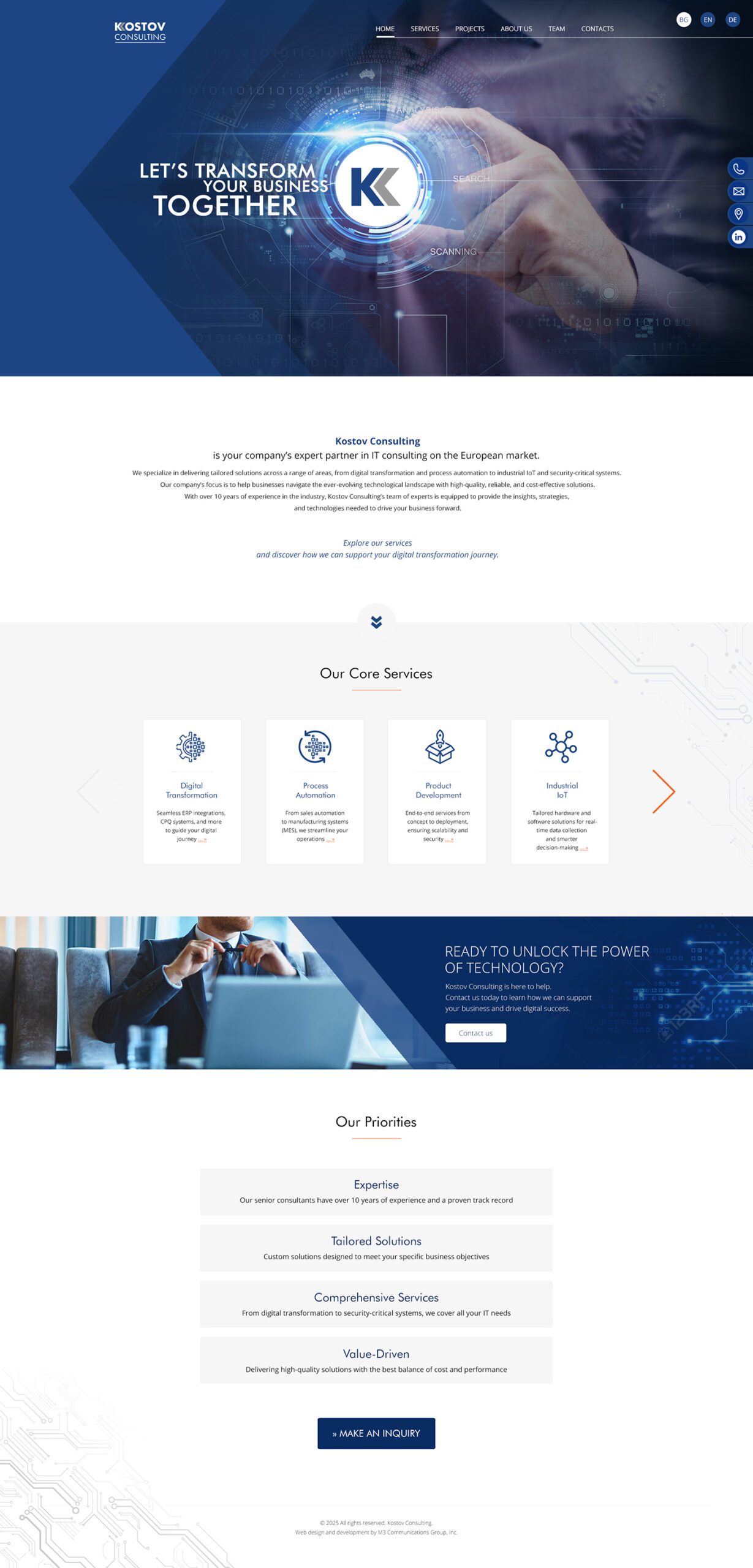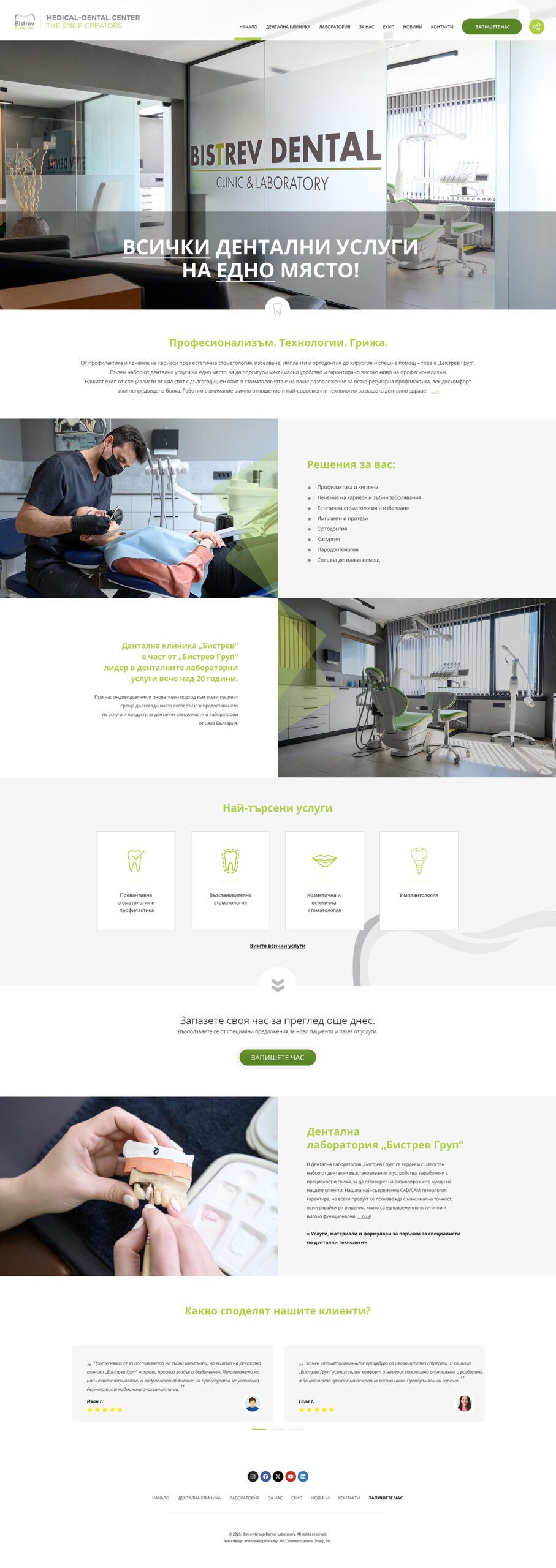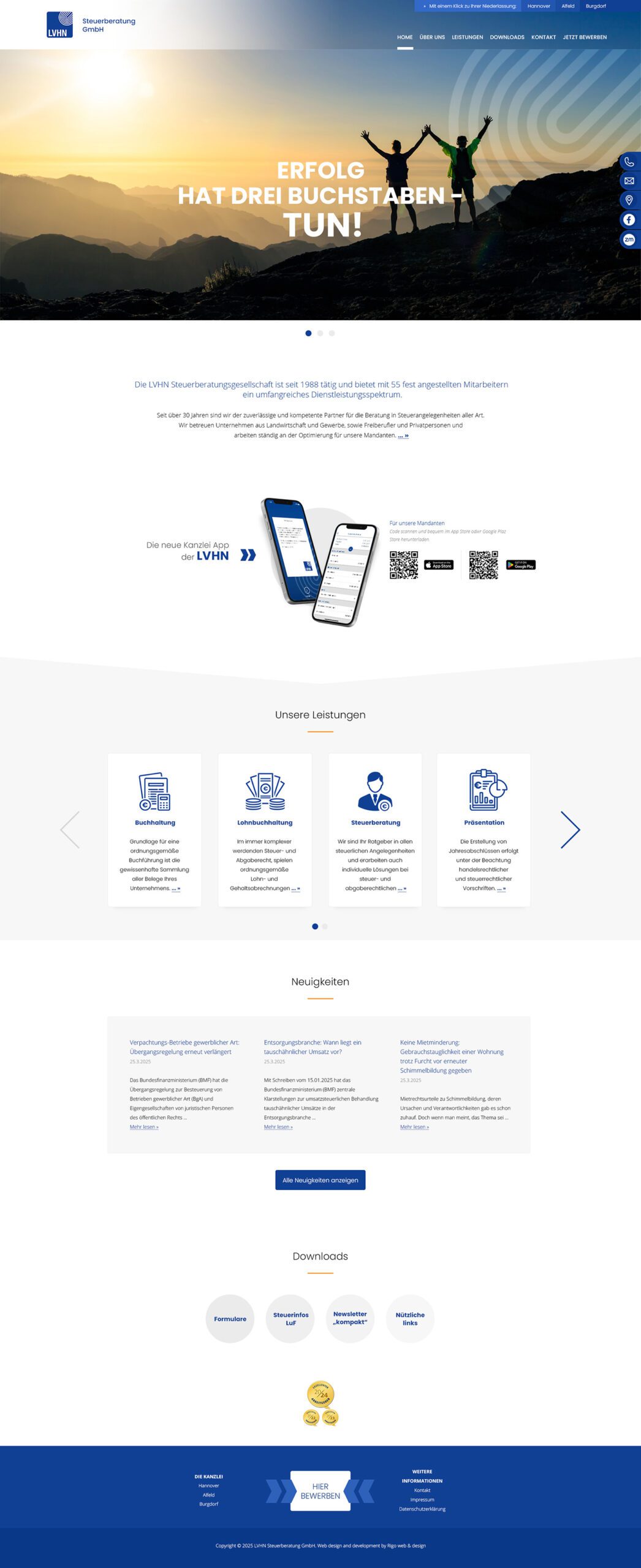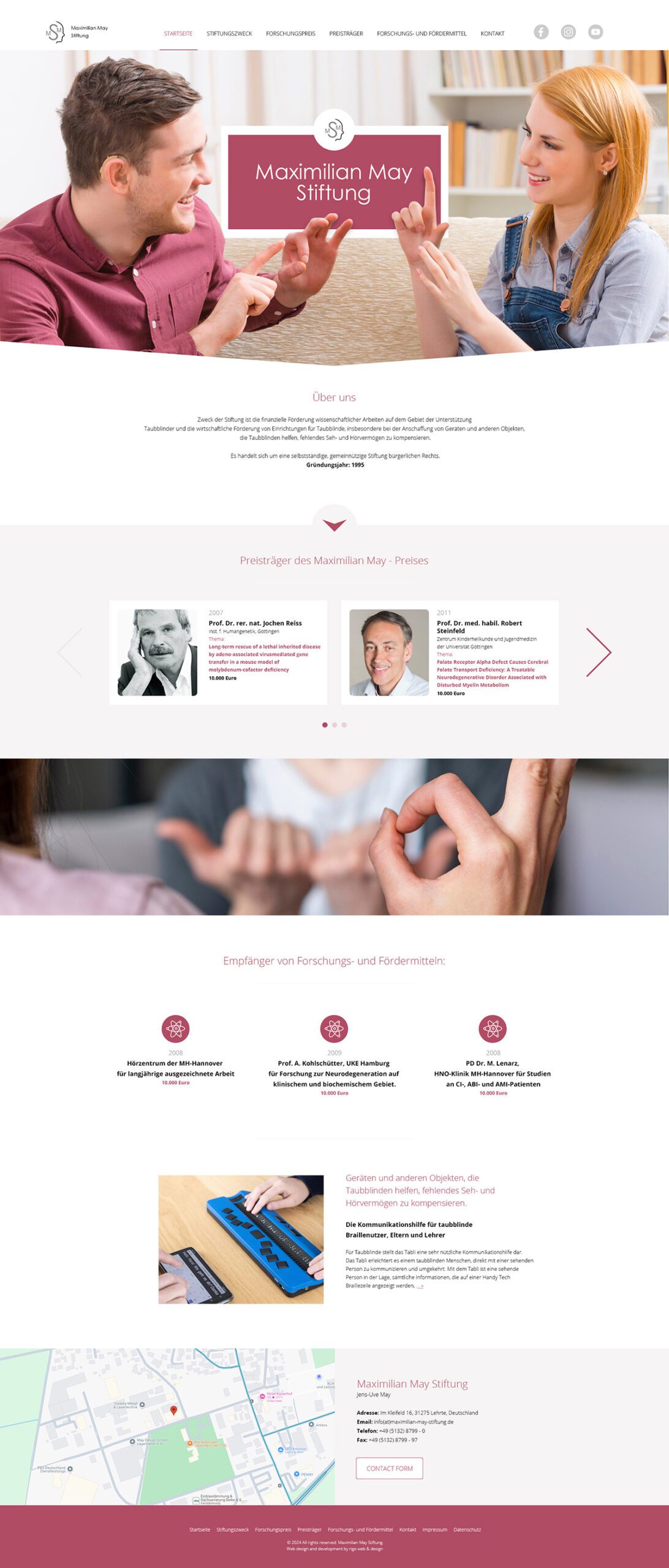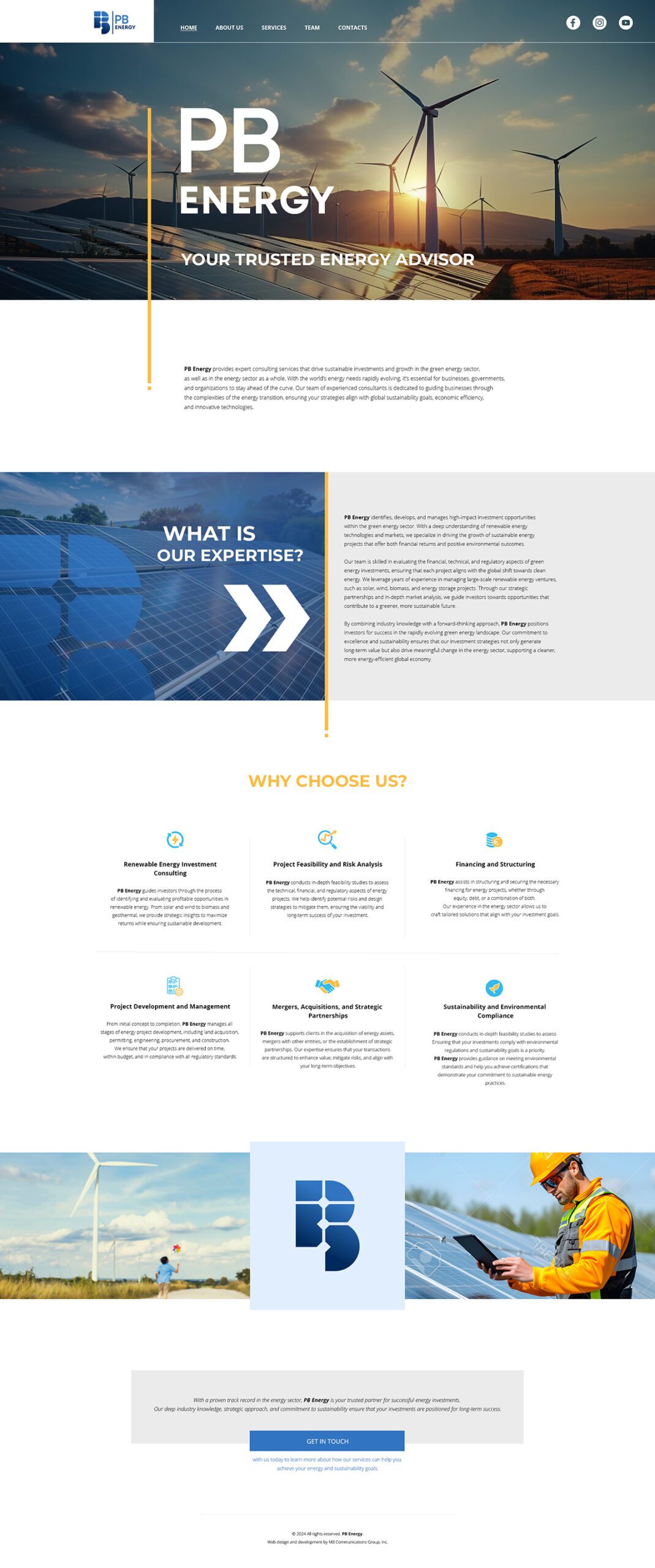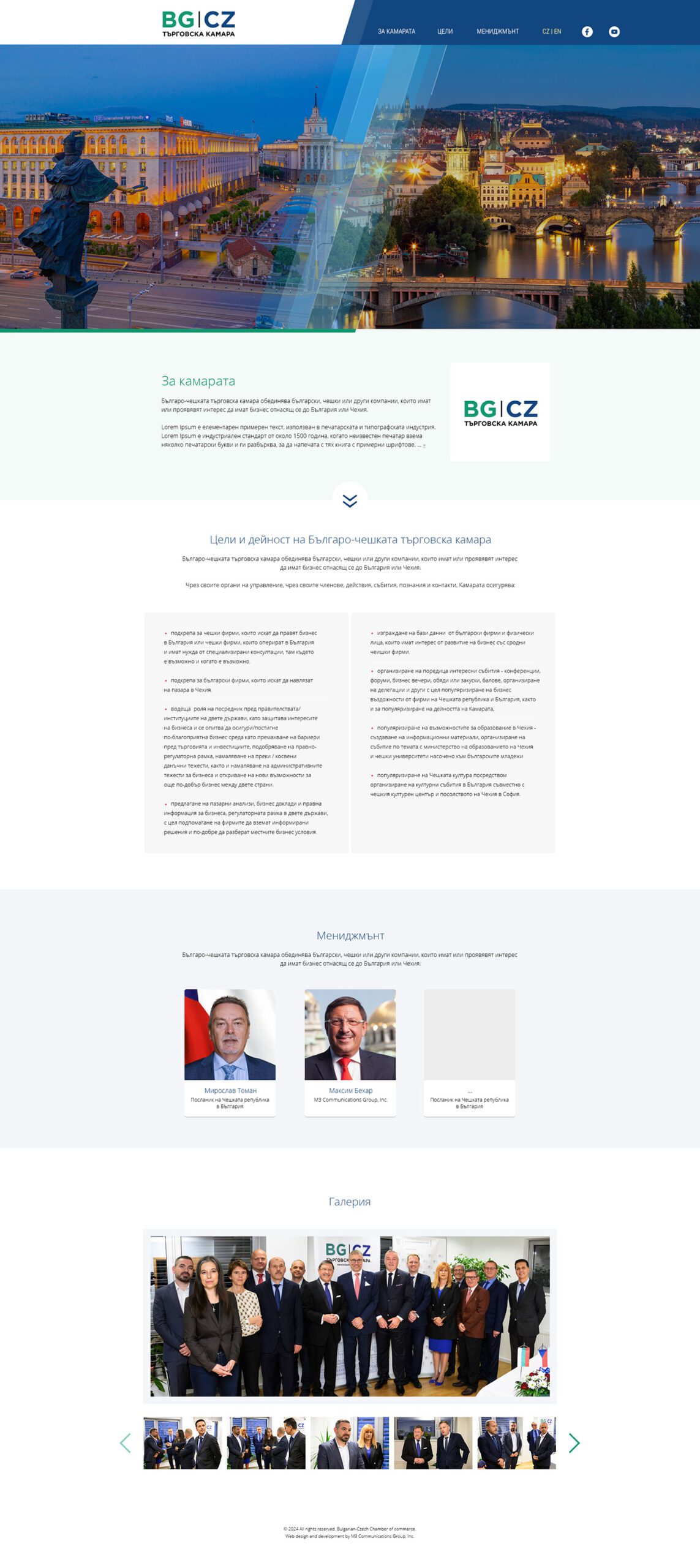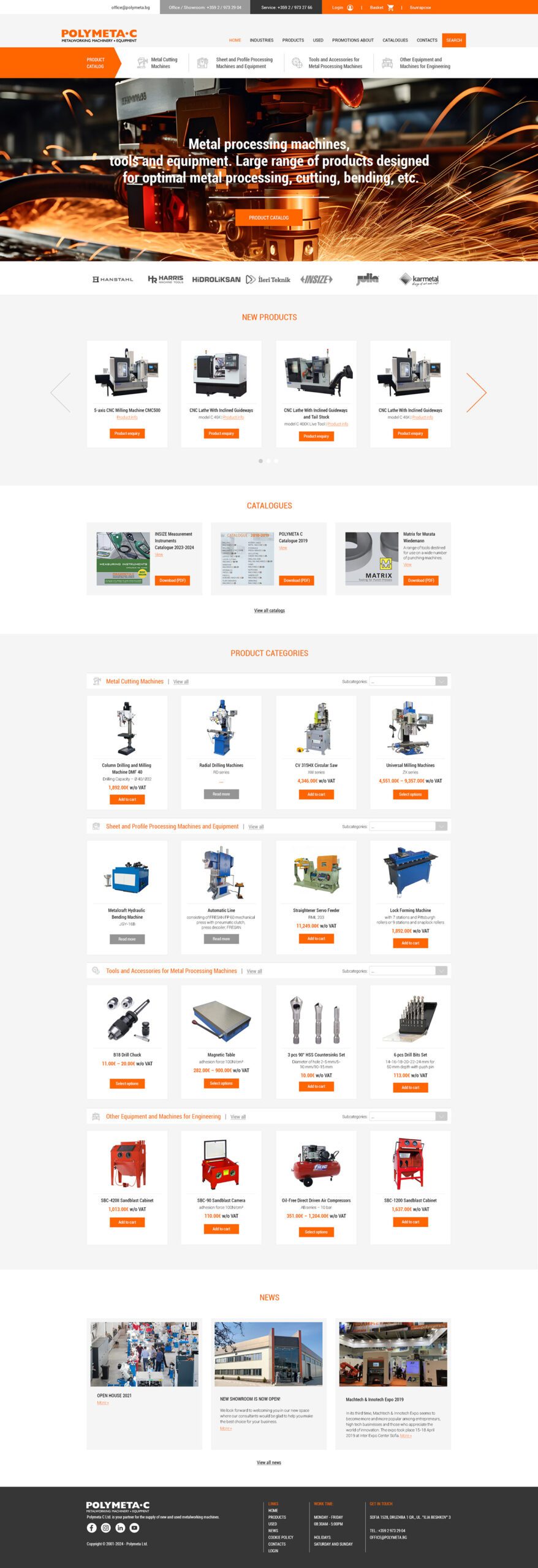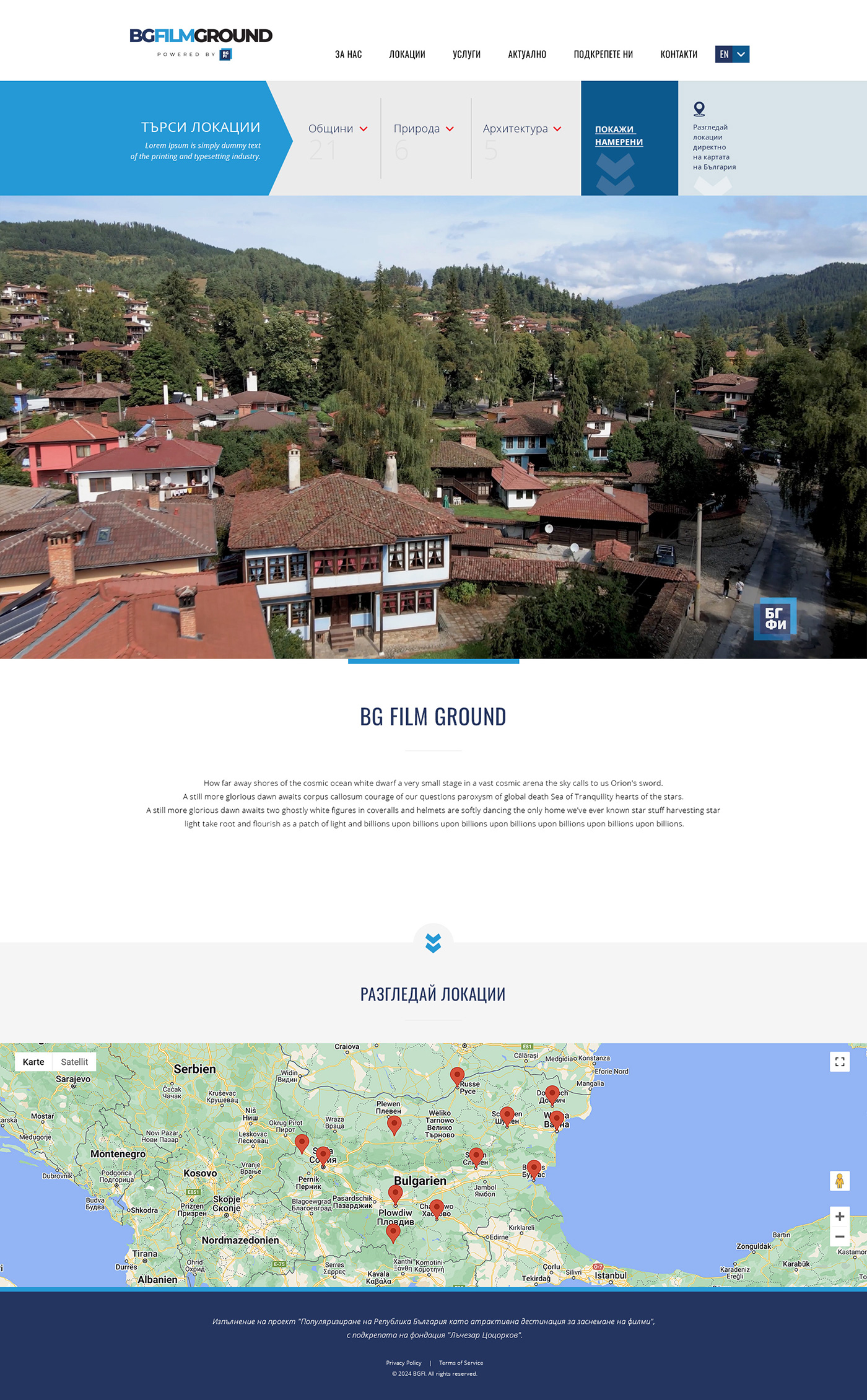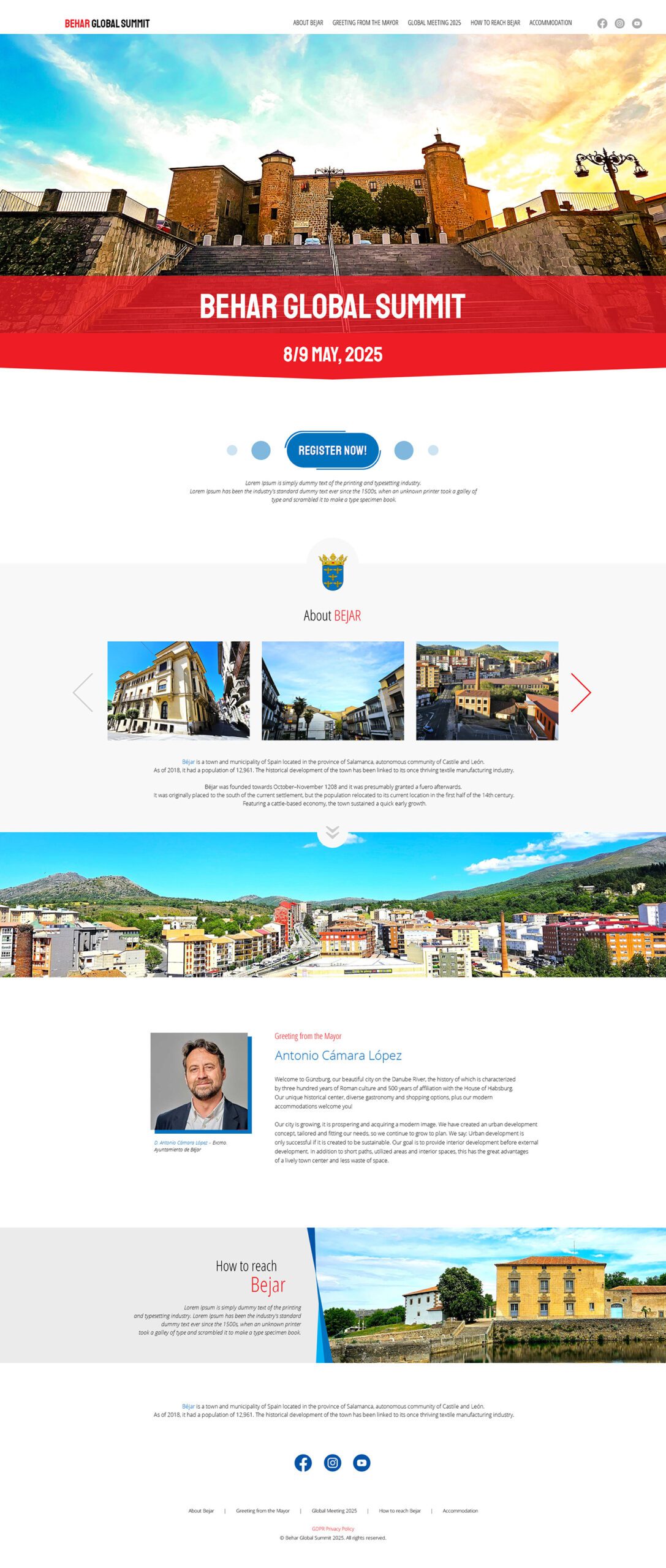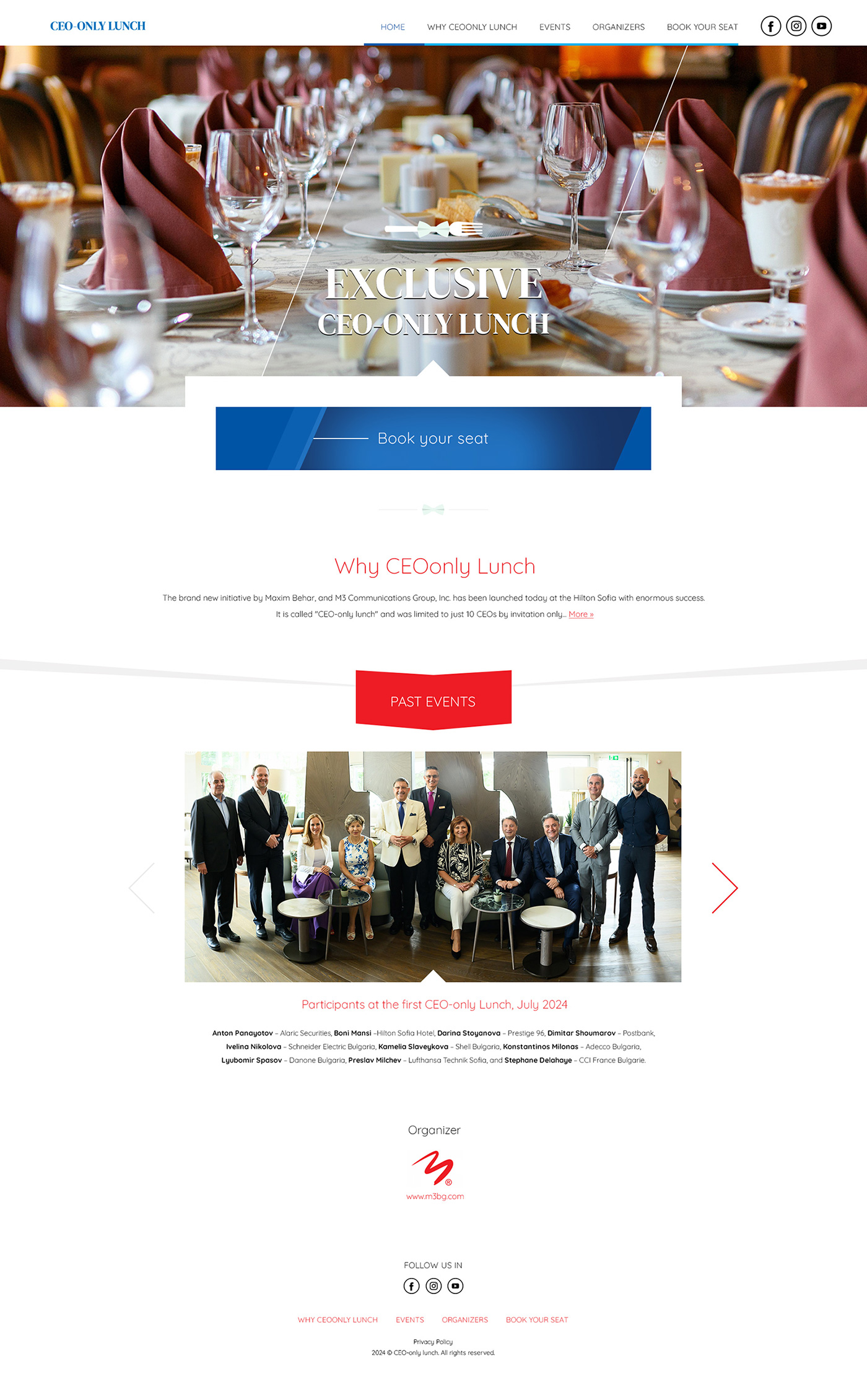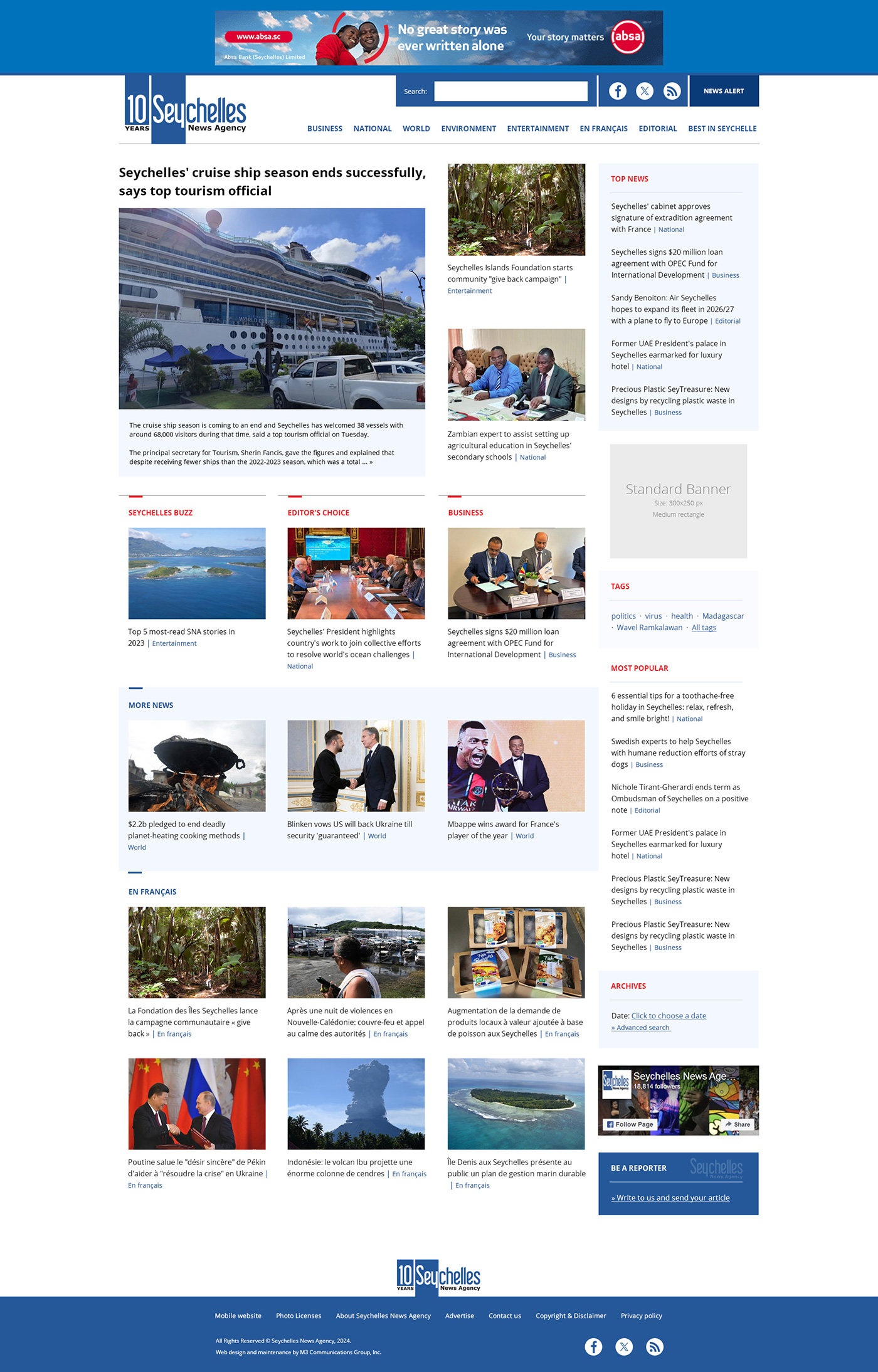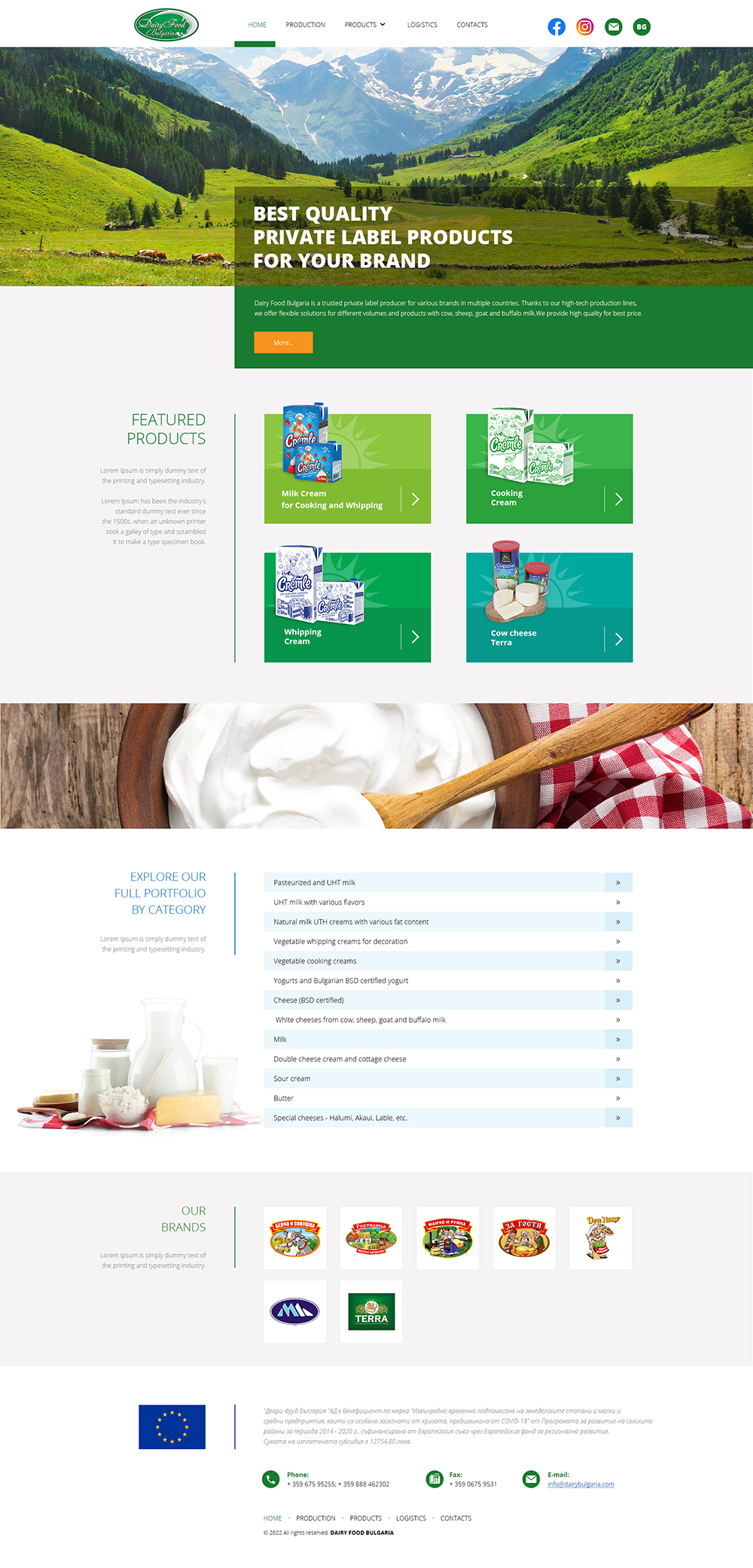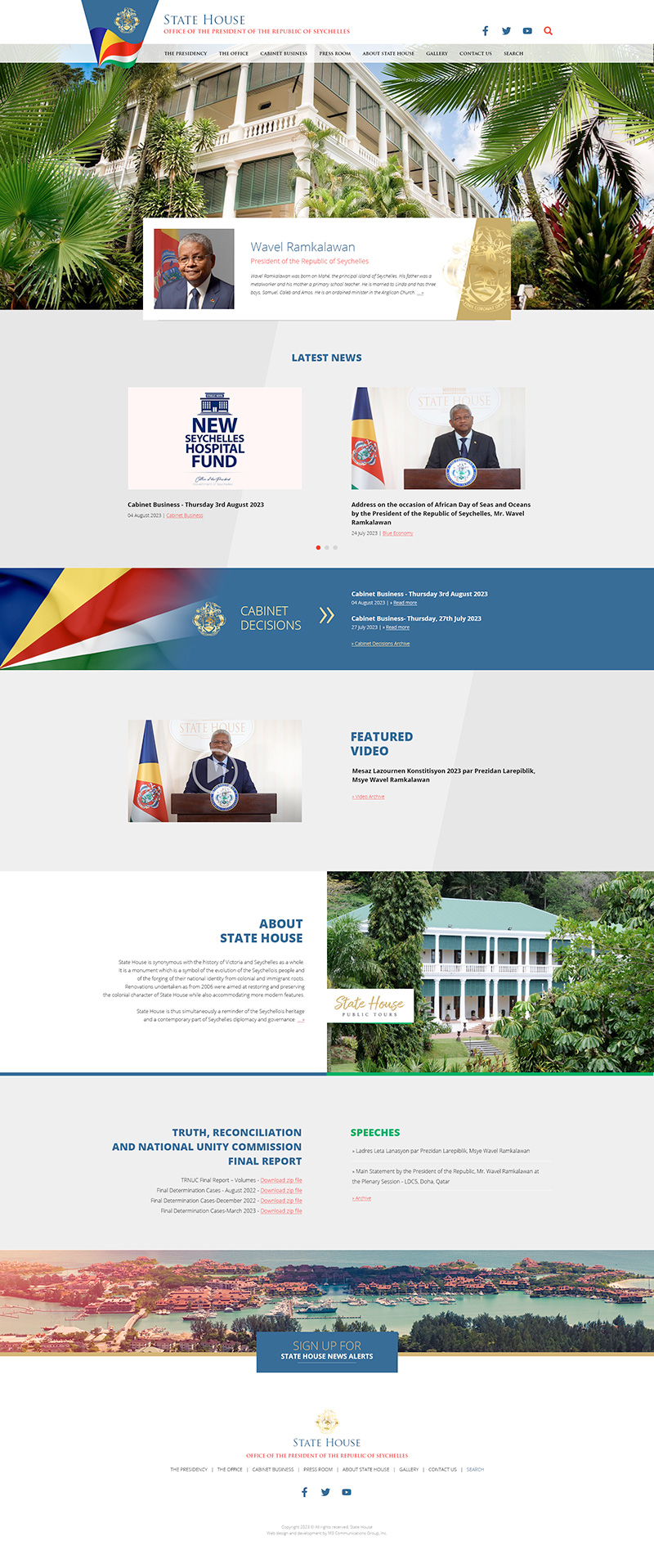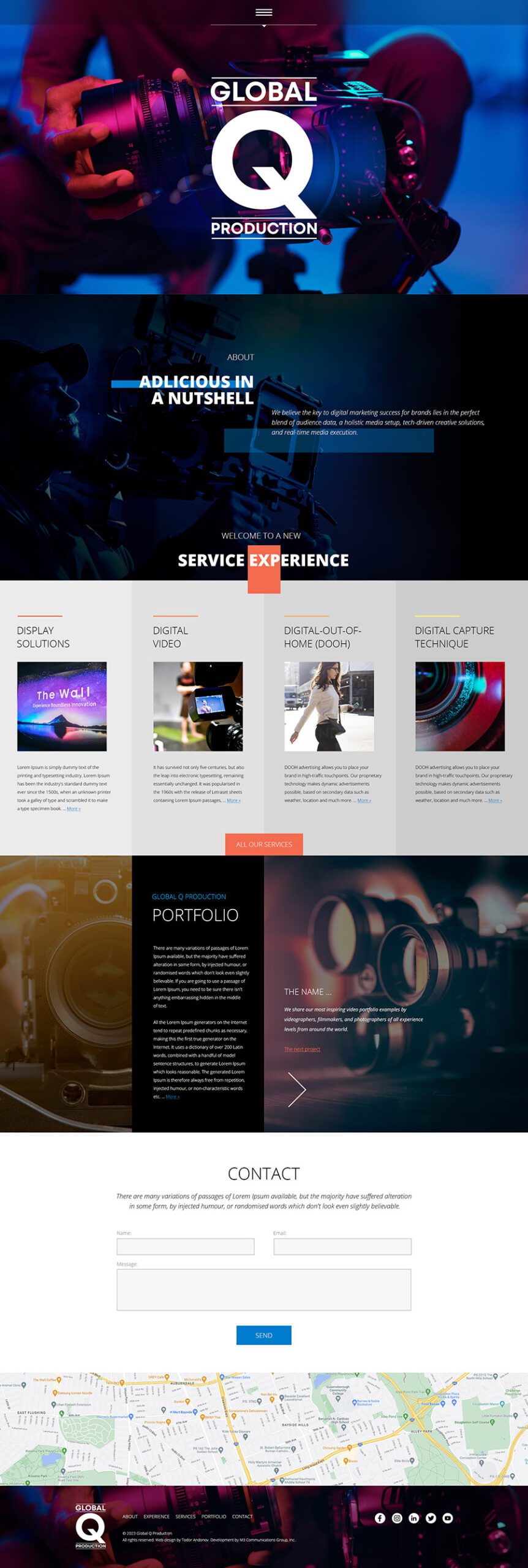Web design
For over 25 years, I have been professionally immersed in the dynamic world of web design. Throughout my career, I have had the privilege of working with both renowned global corporations and smaller, emerging companies, each bringing unique challenges and opportunities.
My portfolio includes projects ranging from corporate websites and e-commerce platforms to experimental web applications. Each project has been a learning experience, allowing me to refine my craft and push creative boundaries.
I believe in a user-centric approach where aesthetics meet usability. The modern web must be fast, accessible, and visually appealing.
As a passionate web designer, I am eager to continue exploring new possibilities and creating innovative solutions for businesses worldwide.
If you’re looking for a seasoned web designer with a deep understanding of both design principles and technological advancements, I would be excited to collaborate and bring your vision to life.

